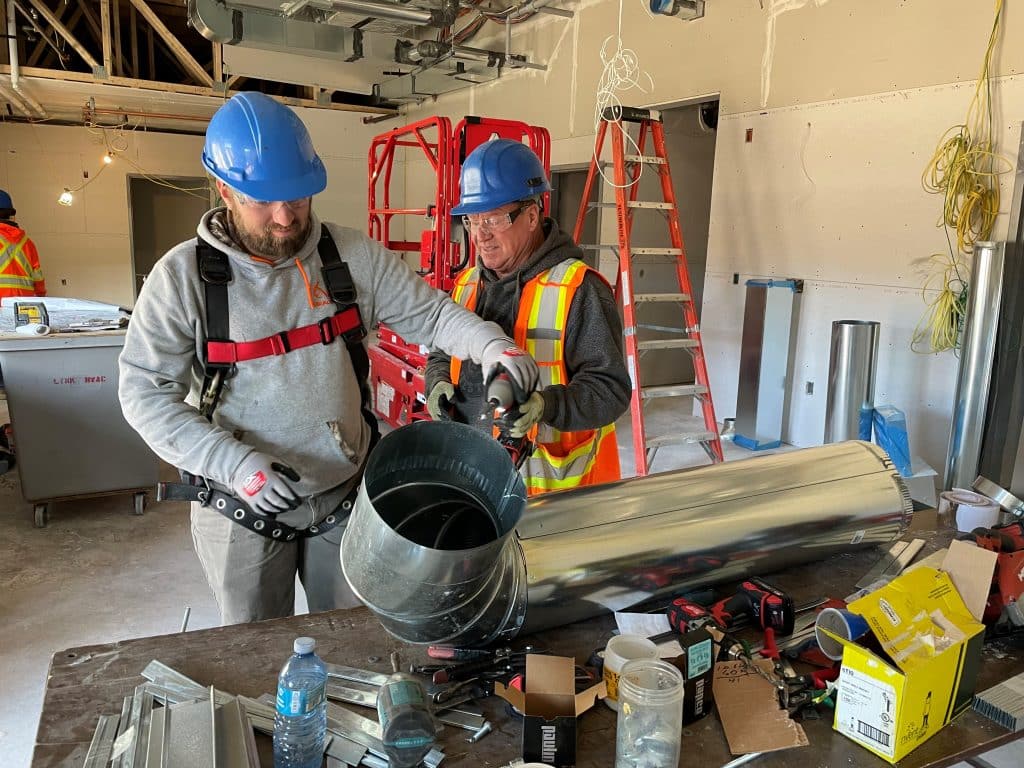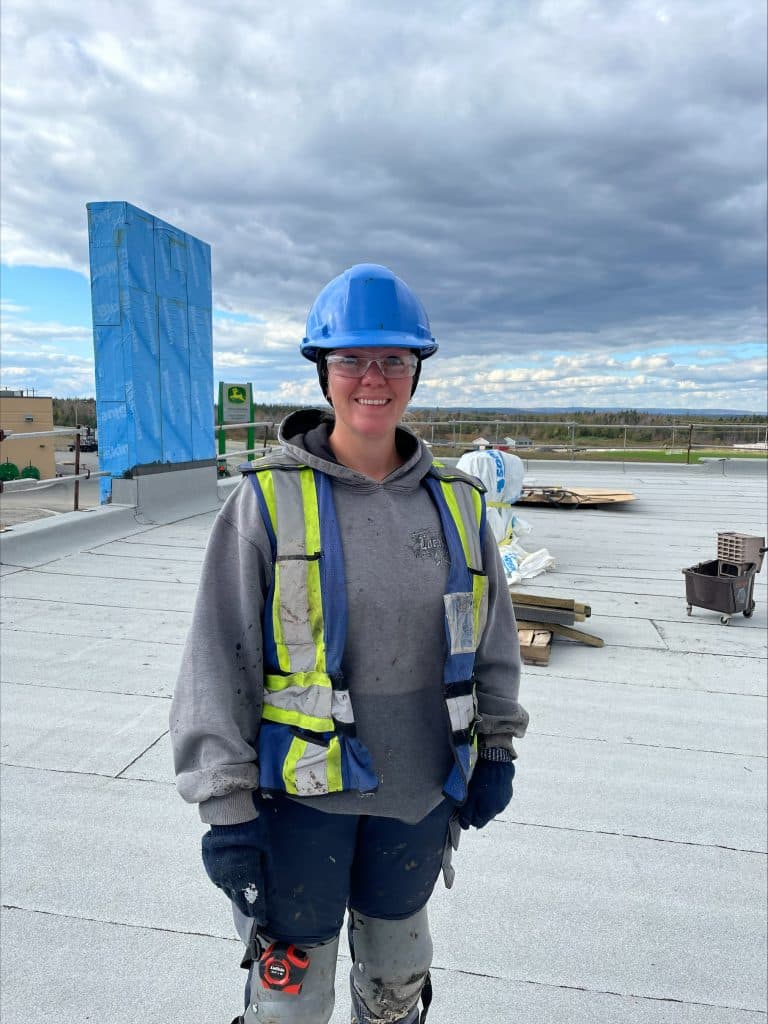Cape Breton Island lies in the northeast quadrant of Nova Scotia in Atlantic Canada. For centuries, the island was inhabited by people of the Mi’kmaq First Nation, who call the island Unama’ki. Their traditional lifestyle centered around hunting and fishing due to the rough and rocky landscape, which produced unfavourable agricultural conditions on land.
It was not until the 1520s that the local Mi’kmaq peoples began trading with European fishermen, starting when Portuguese settlers landed in Cape Breton.
The centuries since have seen First Nations people in Canada suffer greatly, first at the hands of European settlers, then Canadian governments. But the five bands on Cape Breton — the We’koqma’q, Wagmatcook, Membertou, Eskasoni and Chapel Island First Nations — still call the island home. And today, Sheet Metal Workers and Roofers Local 56 has forged a unique partnership with First Nations bands across Cape Breton Island, helping provide life-changing union careers while expanding the scope of the unionized sheet metal industry.
This fast-growing local, established in 1966, today represents 140 sheet metal workers and roofers.
“We are very proud of the direction we’re going,” said former Local 56 Business Manager/Financial Secretary-Treasurer (now International Representative) Jack Wall.

Back in 2020, Wall approached the Nova Scotian government on behalf of Local 56 and as the head of the local building trades to cement their partnership with local bands and ensure First Nations representation on every publicly funded jobsite in the area. This partnership, formed in an atmosphere of mutual respect and understanding, is one which Wall and local band leaders value for the mutual benefits it has accorded to Cape Breton residents.
“Our relationship with Local 56 opens up opportunities for band members,” said Steve Parsons, CEO of corporate services and economic development for the Eskasoni First Nations band. “This provides them with an opportunity, where before there would have been a reluctance to join.”
“It has been working,” he added. “They’re getting jobs with local subcontractors both on and off the reserve.”
While doubling down on the effort to extend the opportunity of a middle-class union career to every person on Cape Breton, Wall also said the local has made dramatic progress in expanding the number of women in Local 56. Previously, he said, “Local 56 had one woman member in our local for the span of 15 years.” The lack of representation led Local 56 to renew its efforts and partner with groups such as Women Unlimited to spread awareness of the trade to area women.
Now, according to Donald Phillipo, Local 56 business manager/financial secretary-treasurer, “we have more women in our membership than at any other time. We have numerous woman sheet metal workers and architectural sheet metal workers.” He also noted that “we now have our first woman roofer, who also serves as a jobsite steward.”
The impressive growth of Local 56 signifies just how important it is for SMART to commit fully to the principles of the labor movement; to strive to bring all workers into our union, for the benefit of everyone.
“In five years, I think all these new members are going to take the reins and become the leaders of our local and our industry here on Cape Breton Island,” Phillipo concluded. “The sky is the limit!”
